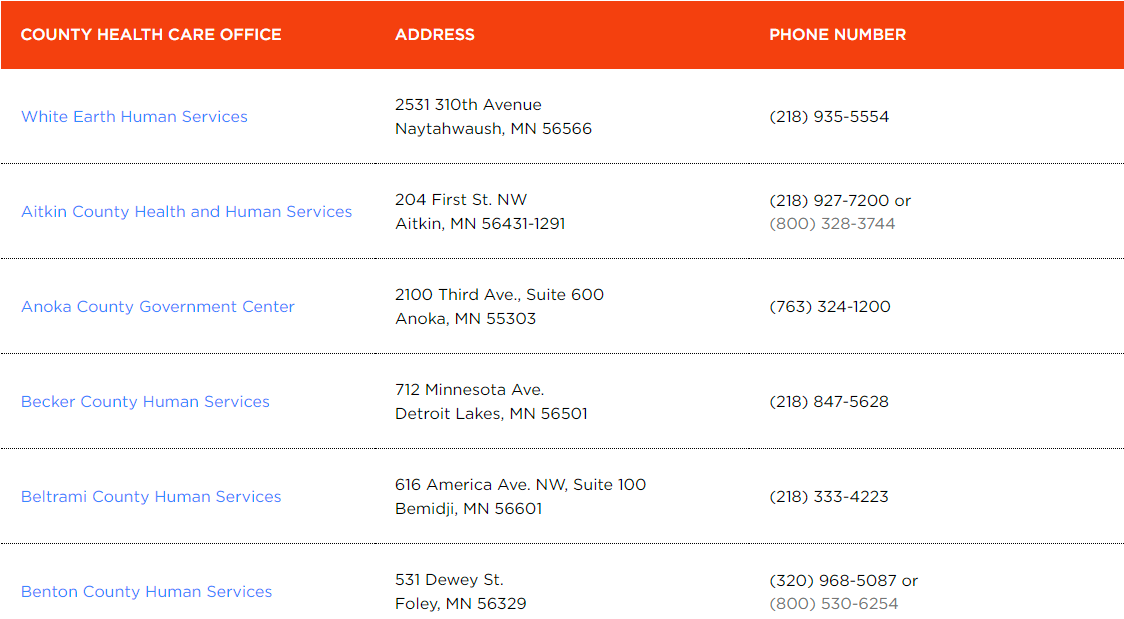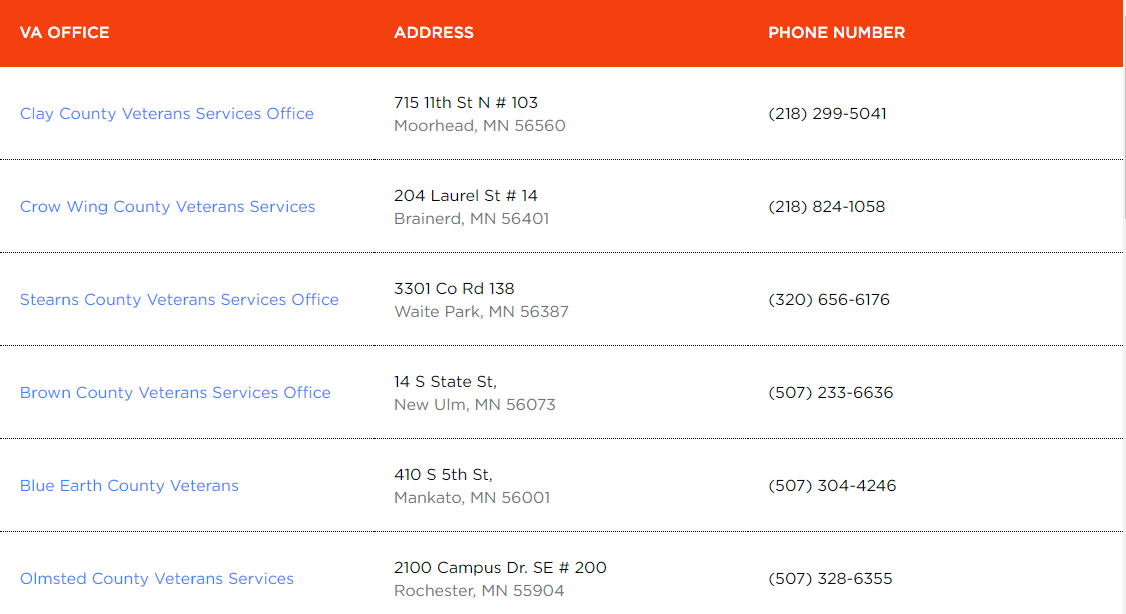Assisted Living Admission Requirements
Assisted living services may only be provided in a housing with services establishment. To be a resident of an establishment, a person needs to require help with at least one activity of daily living (ADL) and one personal care service, or two ADLs.
Residents will need an assessment with an RN to complete their residency agreements, and a follow-up assessment every year to ensure their needs are always met.
Assisted Living Scope of Care
To qualify as a housing with services establishment, homes must provide each resident with either assistance with two (ADLs), or one ADL and one personal care service. ADLs are defined as:
- Bathing, grooming, and dressing
- Continence care
- Eating
- Positioning, transferring, walking, and using a wheelchair
Personal care services include:
- Instrumental ADLs, or IADLs, which include services that help a person plan and go about activities like shopping, bill paying, and medical appointments
- Observation and redirection of behavior as specified by their care plans
- Health-related tasks such as medication assistance, tracheostomy services, and management of seizure disorders
Assisted Living Medicaid Policy
Assisted living costs like medical services and supportive services qualify for payment from Minnesota’s Medicaid program, called Medical Assistance (MA). There is also the Housing Support program available for low-income seniors to help with rent, and services if they don’t qualify for the elderly waiver. The MA program waivers do not pay directly for room and board but do cover services such as:
- Assistance with activities of daily living (ADL) or instrumental ADLs
- Observation and redirection of challenging behaviors such as aggression
- Assistance with health-related tasks like taking medication or tracheotomy care
To qualify for Medical Assistance for long-term care, you or your loved one needs to require help with at least four ADLs daily.
Housing with services establishments are tasked with providing housing and regularly scheduled personal care services to adults, 80% of which in the establishment must be age 55 or older. To be licensed as a housing with services establishment, the residency needs to provide for:
- Services in at least three of the ADL categories; bathing, dressing, grooming, eating, transferring, continence care, and toileting
- Establishments must provide at least two meals daily and access to food 24-hours
- As well as weekly laundry and housekeeping services.
- Transportation to medical and social services appointments
- Opportunities for recreation and socialization
- Assistance with finding social services programs such as MA or senior centers
- Easy access to the Residents Bill of Rights, as well as any scenarios specific to that resident that might infringe upon any rights, such as a medical situation that is identified in the resident’s care plan
Assisted Living Service Agreements
In order to admit any resident into a housing facility, the facility must complete a housing with services contract, also called a service plan, with that resident. The plan outlines:
- Names and address of the housing establishment and anyone who provides services for, manages, or owns the establishment, as well as at least one person who can be served legal papers
- A statement of the license and registration status of the establishment
- Terms of the contract, including descriptions of all services that will be provided and what can be provided, the prices of those services, as well as the base rent
- The contact information for the local Long-Term Care Ombudsman, and the process to file a complaint against the establishment
- Billing and payment procedures
- Residency requirements and the eviction process, as well as the referral process for when a contract is terminated
- A statement detailing other services the establishment could provide, third-party services the resident could use if they become needed, and public programs that he or she could use to pay for those services, as well as contact info to receive a long-term care consultation through the state
- Information about resident rights, like 24-hour access to food and the ability to furnish your own room
Elderly Waiver recipients must also create a co-ordinated service and support plan. This plan, which is due within 10 days of admission, outlines:
- Service needs
- Short and long-term goals to improve the resident’s health
- Costs and frequency of all services that are proposed in the plan
Medication Management Regulations
Establishments must provide 24-hour access to a registered nurse to provide medication assistance to every resident. If a resident is currently capable of managing their own medication, then they can, but everyone must have the option to request help from an RN at any time if they need it.
Minnesota Assisted Living Staffing Requirements
Establishments must have at least one caregiver awake at all times, and the staff must always have access to an on-call registered nurse. The establishment does not have to provide any services that it does not feel prepared to provide but must provide access to service providers that can meet those needs for residents. The establishment manager is responsible for ensuring that there is always enough staff to provide the establishment’s services to all residents 24 hours a day.
Assisted Living Staff Training Requirements
The manager of the establishment needs to have at least 30 hours of continued education every two years year, in topics relevant to the care of the residents. The manager is responsible for ensuring that all staff are trained in the care of the residents, and to perform competency exams on direct care staff.
Some establishments may offer special units for residents with Alzheimer’s disease and other forms of dementia. In these establishments, managers must receive at least eight hours of dementia training initially and two more each year. Care staff who assist those with dementia must complete eight hours of dementia-specific training before working alone, and two hours of continued education a year. All other staff, such as maintenance, must receive at least four hours of training at orientation and two hours of continued education a year.
Background Checks for Assisted Living
Background checks are required for all direct-care staff in an establishment. Fingerprinting may be considered if a person hasn’t lived in Minnesota long enough to establish a record.
Requirements for Reporting Abuse
When a resident has a complaint against an assisted living establishment, they can contact the long-term care facility complaint line at (651) 201-4201 or 1-800- 369-7994, or click here to visit their website.
You can also call your local Long-Term Care Ombudsman at (651) 431-2555 or 1-800-657-3591, who will help the resident coordinate a solution with the facility and any outside agency that needs to be pulled in to mediate.
Healthcare workers are mandatory reporters and must file a complaint against any suspected or witnessed elder abuse. If you witness or suspect elder abuse, you can reach out to the Minnesota Department of Health Office of Health Facility Complaints by phone at 844-880-1574 or click here to file a report online.










